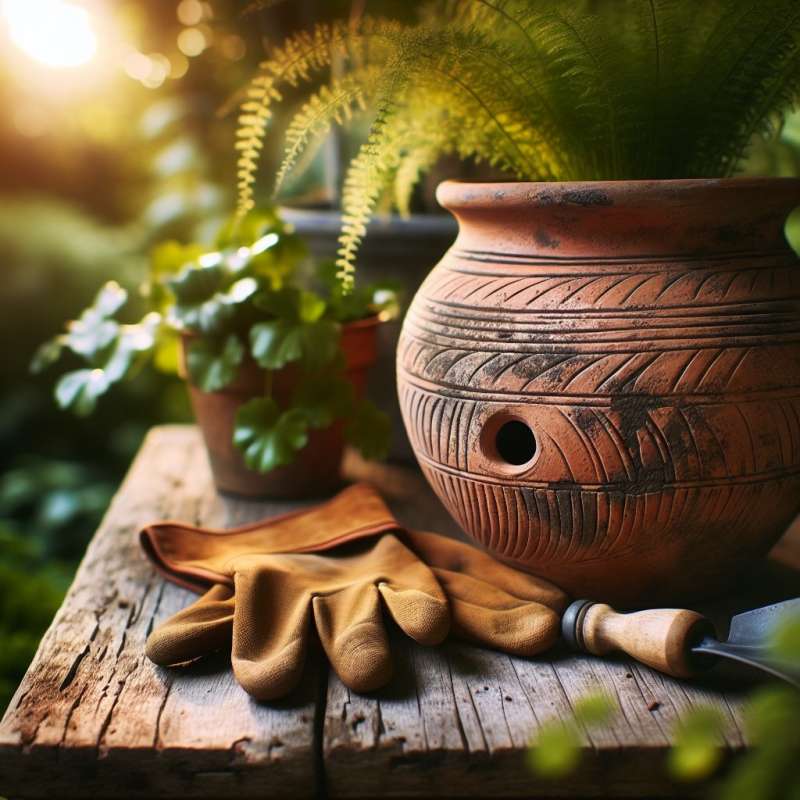
Choosing the Right Pot
Select a pot with ample drainage to prevent waterlogging. Terracotta pots are ideal as they're porous, allowing soil to breathe and reducing root rot risk.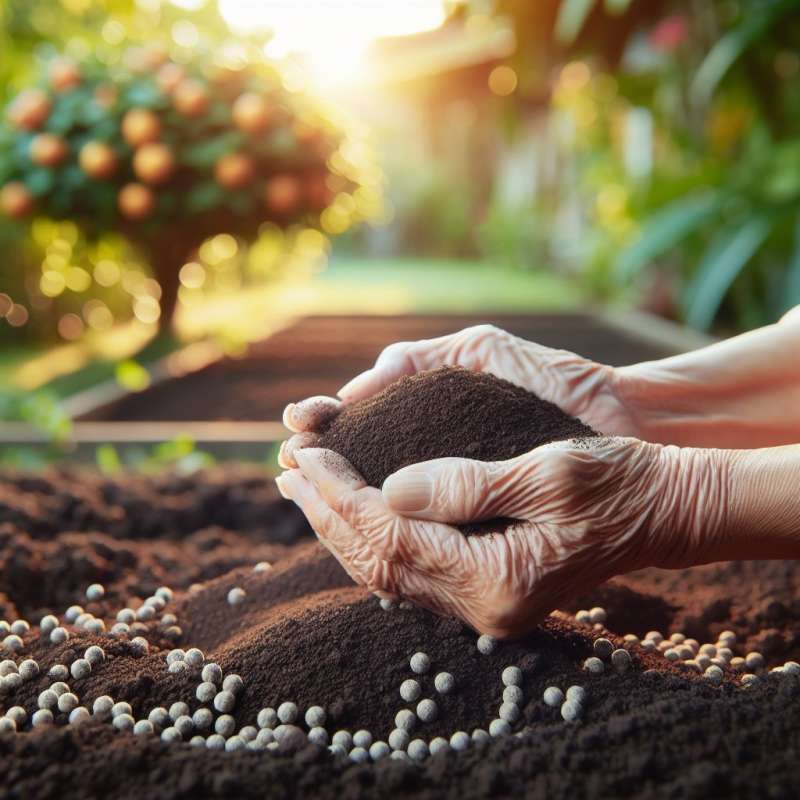
Soil and Fertilization Needs
Use well-draining soil mix with added sand for aeration. Fertilize with slow-release nitrogen-rich fertilizer in spring and late summer to support growth and fruit production.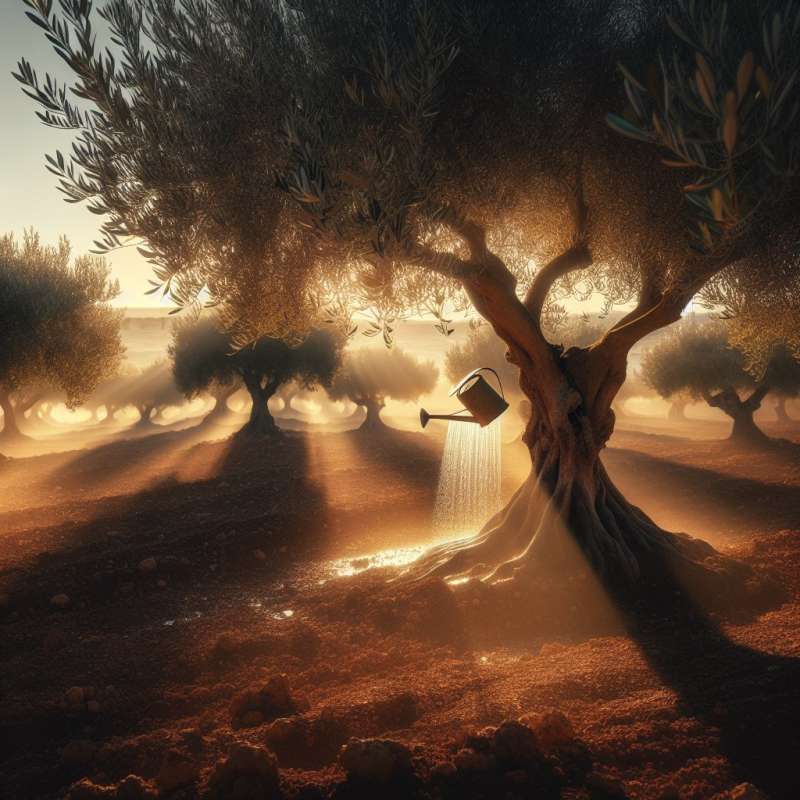
Watering Your Olive Tree
Olive trees require deep, infrequent watering. Allow the soil to dry out before watering again. Overwatering can lead to fungal diseases and root decay.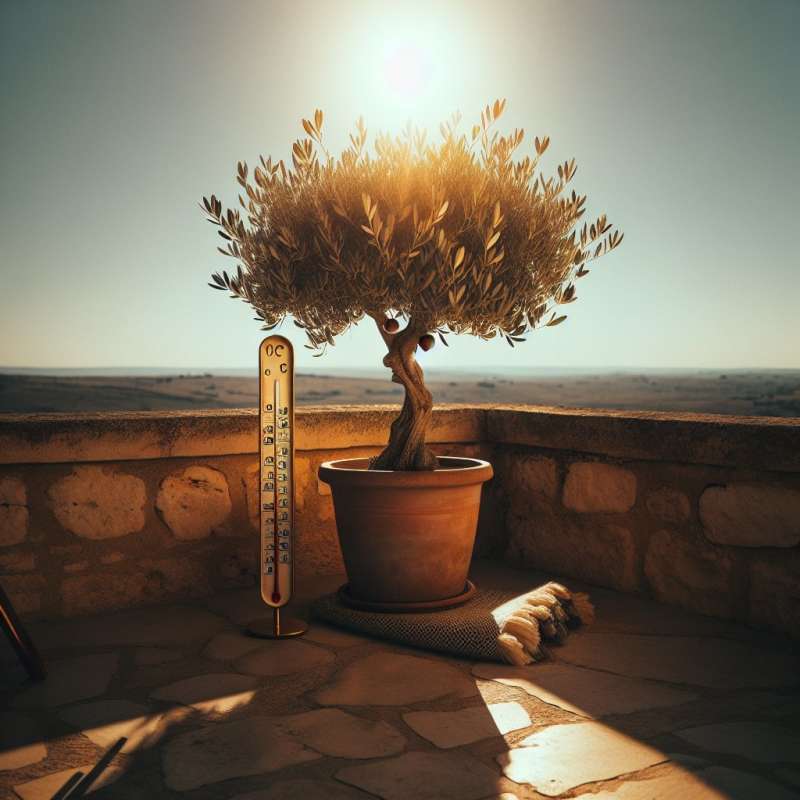
Sunlight and Temperature
Olive trees thrive in full sun, needing at least 6 hours daily. They tolerate temperatures down to 20°F (-6°C) but should be moved indoors or protected during colder snaps.
Pruning and Maintenance
Prune in spring to remove dead branches, encourage new growth, and shape the tree. Regular pruning helps maintain a manageable size and promotes air circulation.
Pest and Disease Prevention
Inspect regularly for pests like scale insects and olive fruit flies. Use organic pesticides as needed. Prevent disease by avoiding wet foliage and providing good air flow.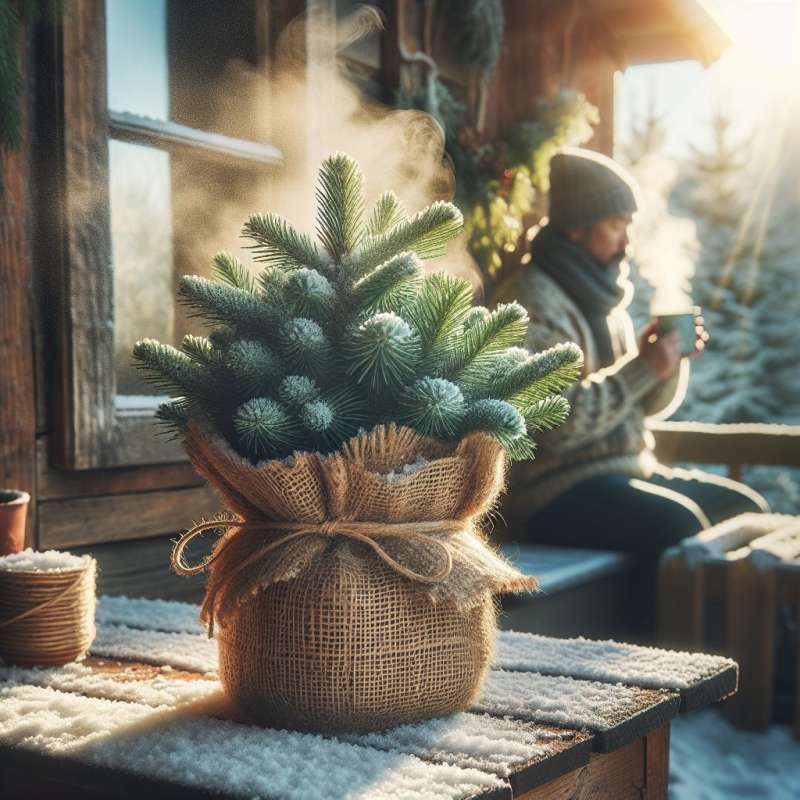
Winter Care Tips
In colder climates, wrap the pot with insulating material. If possible, move the pot to a sheltered location to protect from freezing temperatures and wind damage.
What pot material is ideal for olives?
Plastic, for lightweight handling
Terracotta, for breathability
Metal, to retain more heat
Company